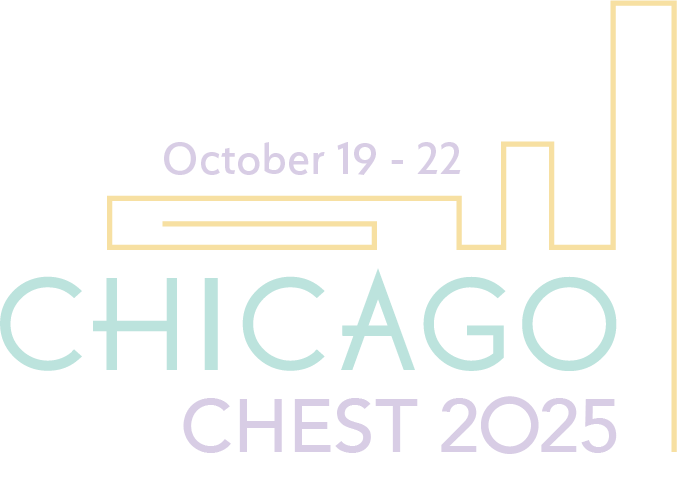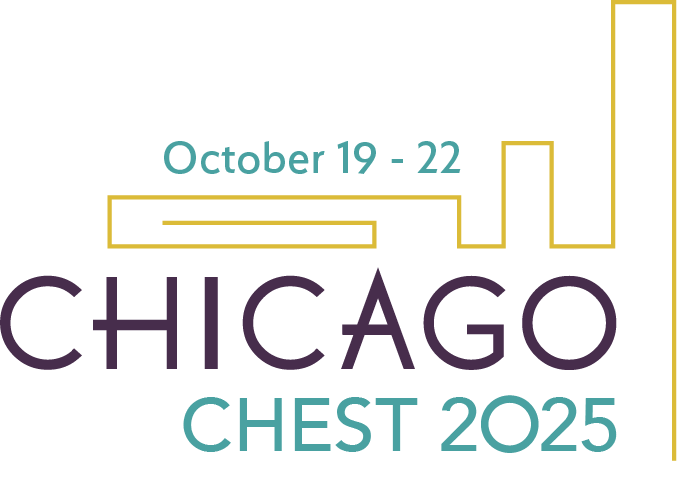The management of pneumothorax and persistent air leaks has changed significantly since 2001, when CHEST last published guidelines on the topic. New guidance is scheduled to be released in 2026, and panelists will preview this work-in-progress at CHEST 2025.

Kamran Mahmood, MD, MPH, FCCP, a guideline panel member, will chair the session Pneumothorax and Persistent Air Leak: Insight From the New CHEST Guidelines on Tuesday, October 21, at 8 am CT in McCormick Place, Lakeside Center, Room 352.
Over the last quarter century, a lack of updated comprehensive management recommendations has resulted in significant variation in clinical practice, leading to poor patient outcomes, said Dr. Mahmood, Associate Professor of Medicine and Director of Interventional Pulmonology at Duke University Medical Center.
“We are trying to address that practice variability by providing guidance based on the updated clinical evidence, as well as call for high-quality studies to address the gaps,” he said. “We will guide patients, their families, and clinicians about the most effective approaches to manage primary and secondary pneumothorax and persistent air leaks.”
The pneumothorax update will be one of the first CHEST guidelines to incorporate direct patient input. The guideline panel also includes emergency department physicians, hospitalists, and thoracic surgeons, as well as pulmonologists, to incorporate a multidisciplinary perspective into management recommendations.
The update will account for new evidence, management options, and treatment modalities from the last 25 years. Endobronchial valves, for example, were not available in 2001 and are now commonly used for patients with persistent air leak. The updated guidelines will include treatment algorithms to help guide clinicians through different scenarios and management options.
Surgery continues to play an important role in management of pneumothorax, but less invasive options are increasingly available. Valves, autologous blood patch, or chemical pleurodesis all have a place for patients with specific indications.
“There are situations where surgery should be considered up front—for example, recurrence of primary spontaneous pneumothorax,” Dr. Mahmood said. “However, patients with secondary spontaneous pneumothorax, who have a lot of comorbid conditions, may not be fit for surgery and require less invasive options.”
While inpatient management continues to be the primary approach for managing pneumothorax in North America, the guideline panel recognizes the increasing role of outpatient management and growing emphasis to reduce hospital admissions and length of stay. The guidelines will include options and guidance for expanding outpatient management.
Because the updates are not yet formalized, panelists will only be able to offer a sneak peek of clinical issues in the new guidelines, not specifics, Dr. Mahmood said.
“At the same time, we cannot tell patients and physicians, ‘Let’s wait until 2026 for the new guidelines to make decisions,’” he said. “We will discuss some of the best practices that clinicians should adopt right now.”

Call for Topics Is Open
Feeling inspired by all the great sessions in Chicago? Help shape the curriculum for CHEST 2026, October 18 to 21 in Phoenix, by submitting topic ideas from areas you’re passionate about, topics affecting your practice, or new technologies you’d like to learn more about. The submission deadline is Tuesday, December 2, at 2 pm CT.


